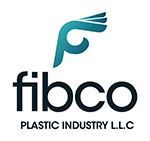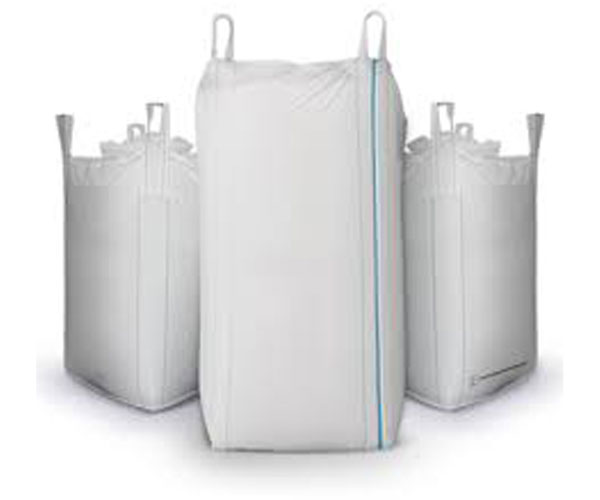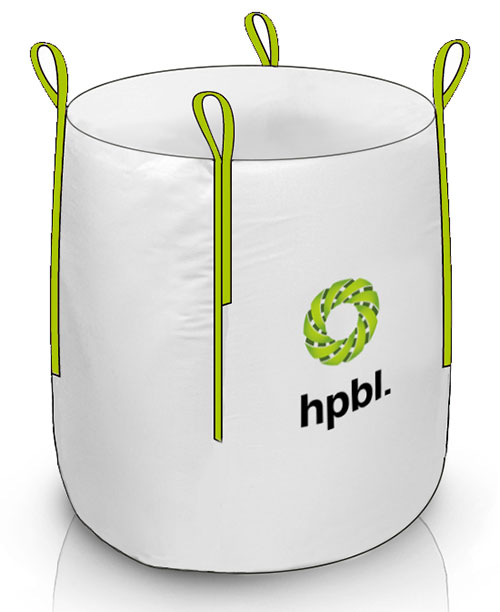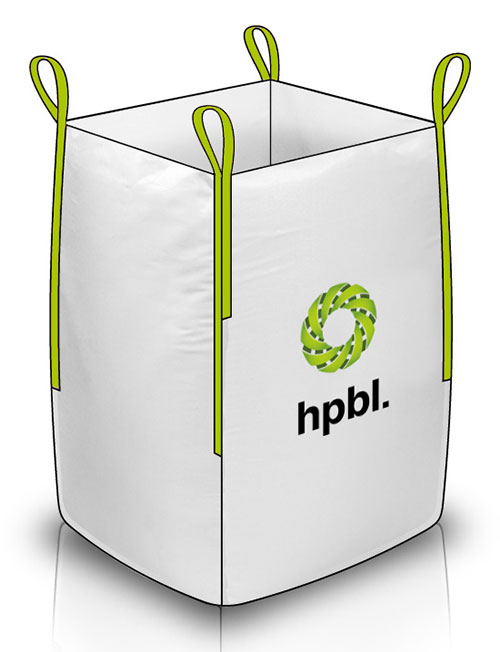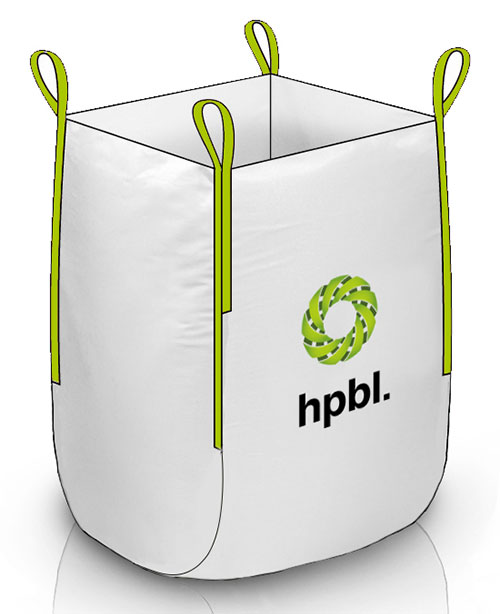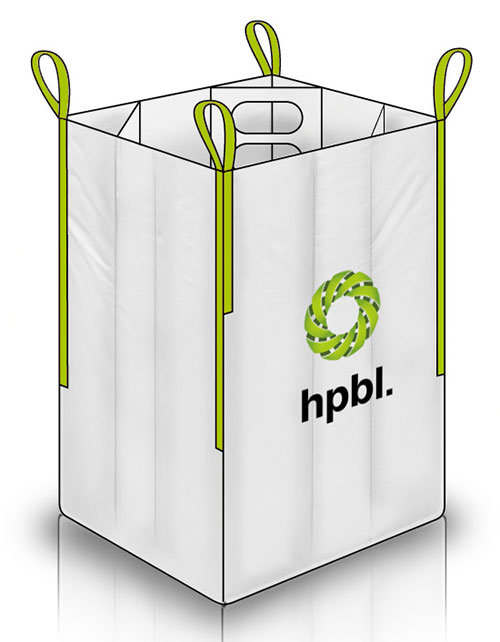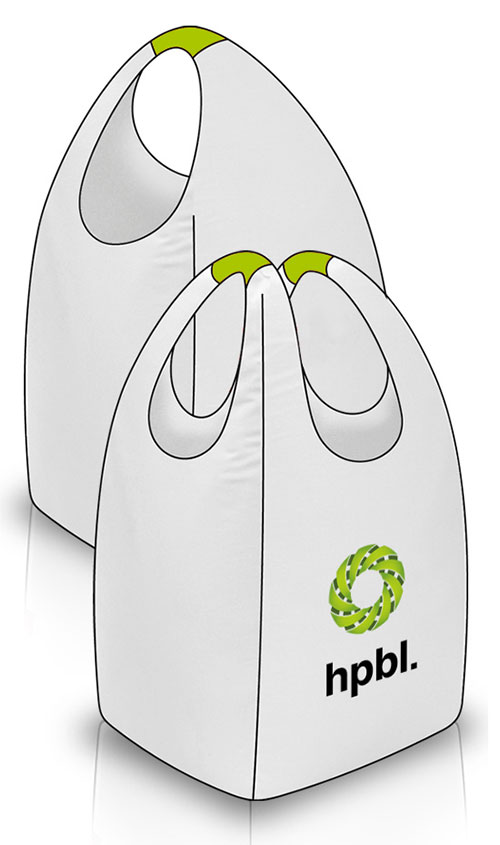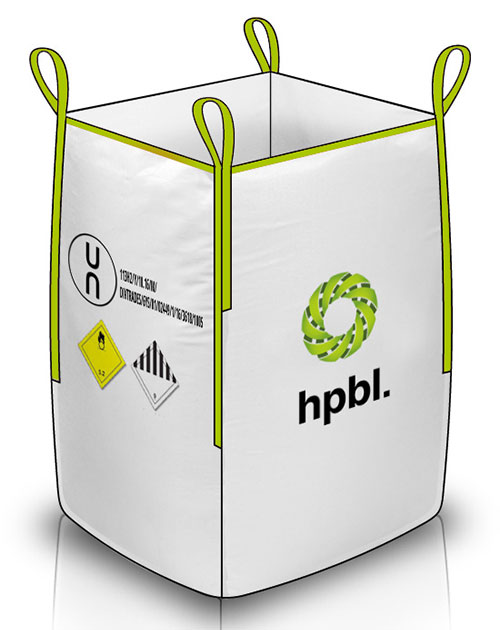FIBC BAGS
FIBCs are environmentally beneficial options for bulk packaging that are capable of carrying large weights. These bags are the most popular logistics-based packaging solutions worldwide because of their adaptable packaging and storage components. Businesses in UAE and all across the world have now started to look for a sustainable packaging solution so that the products, as well as the environment both, could be saved efficiently. FIBC bags manufacturers makes different types of bags of varied shapes and sizes and you have to choose the one that perfectly fits your business. Since there are 4 types of FIBC bags and you might be confused as to which is best for your business, we will discuss the differences between Type-A, Type-B, Type-C, and Type-D bags so that you can figure out their needs easily.
What exactly are FIBC bags?
Flexible Intermediate Bulk Containers, sometimes known as FIBCs, are essentially huge bags composed of woven polypropylene. Dry goods are typically transported in or stored using these FIBC bags. They are primarily employed by the food processing and pharmaceutical sectors and are more commonly referred to as “Jumbo bags” by FIBC bags manufacturers .These FIBC bags typically have a weight capacity of between 2000 and 4000 lbs. However, these measurements may vary based on the needs and preferences of the consumer.
Types of FIBC Bags:
Users of FIBC bags are typically worried about controlling static electricity, which occurs when electric charges are unbalanced within particular materials. Static electricity can build up when these large bags are fully loaded or when they are quickly emptied of fine granules. When packing any kind of combustible or flammable substance, or when combustible dust is likely to be present in the surroundings, it is essential to avoid or eliminate the electrical charge. According to FIBC bags suppliers, FIBC bags are categorized into 4 types which are discussed below
With years of experience in the packaging industry, FIBCO PLASTIC INDUSTRY has gained expertise in producing FIBC bags that cater to various industry needs. They understand the specific characteristics and requirements of each bag type and can provide valuable guidance in selecting the most suitable option. We prioritize customer satisfaction and strive to meet their specific needs. We provide reliable customer support, timely delivery, and excellent service, ensuring a positive experience for our clients.
Selecting FIBCO’s Type A, Type B, Type C, or Type D FIBC bags offers the advantages of superior quality, compliance with industry standards, customization options, expertise, reliable static control, sustainability focus, and customer satisfaction.
